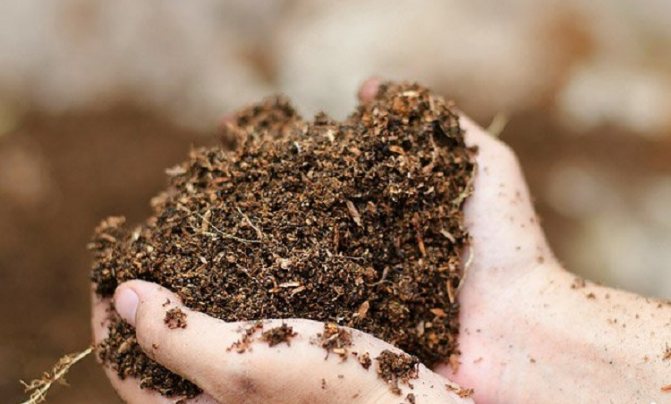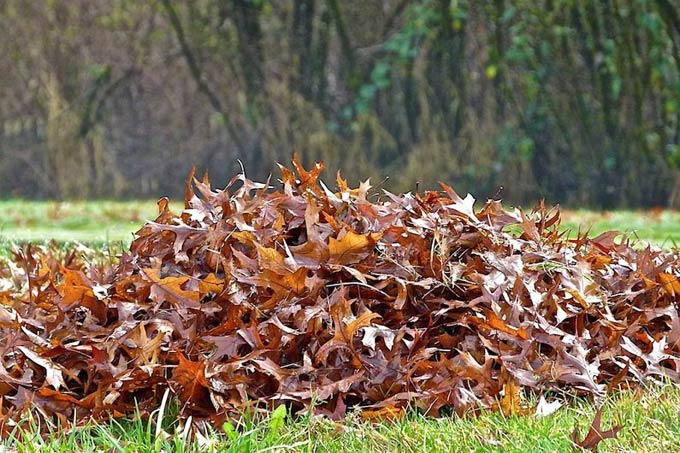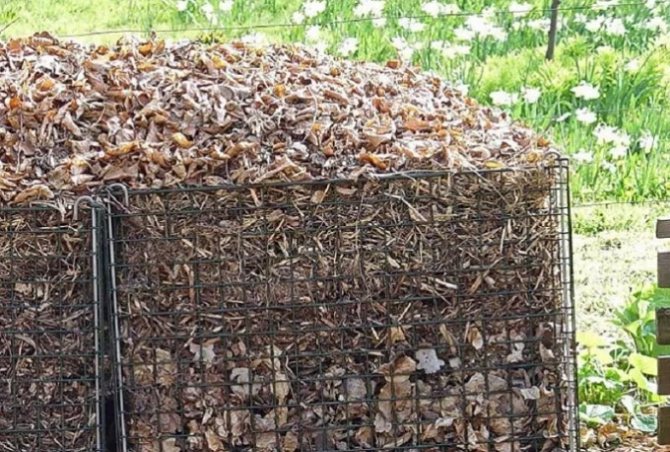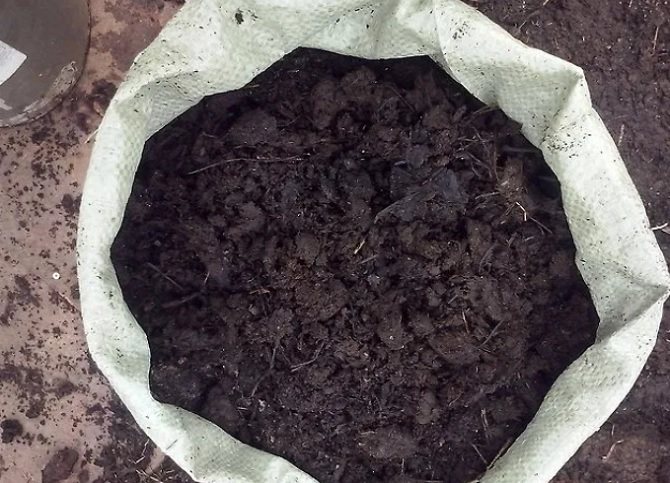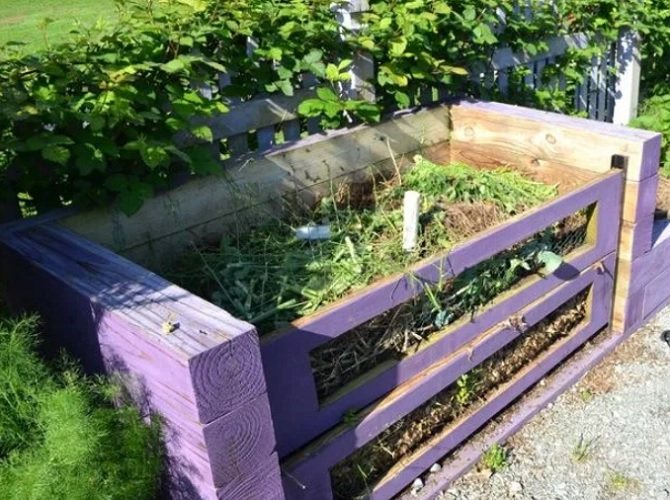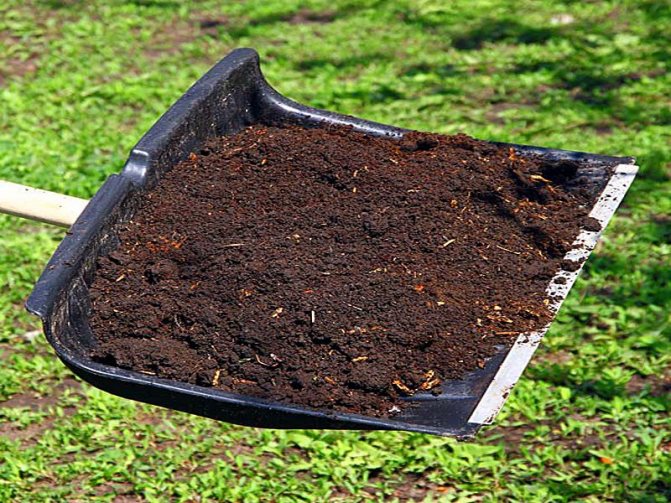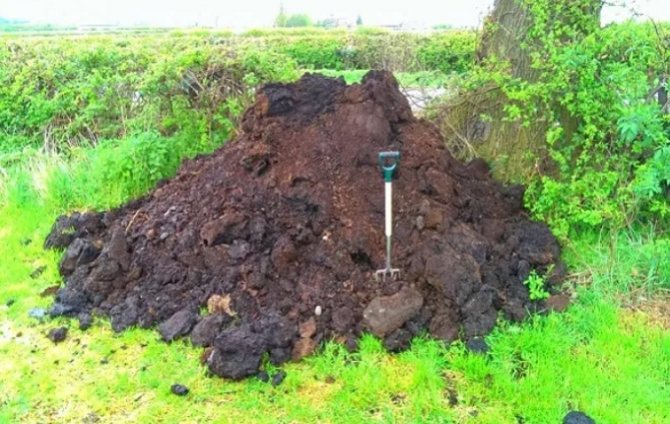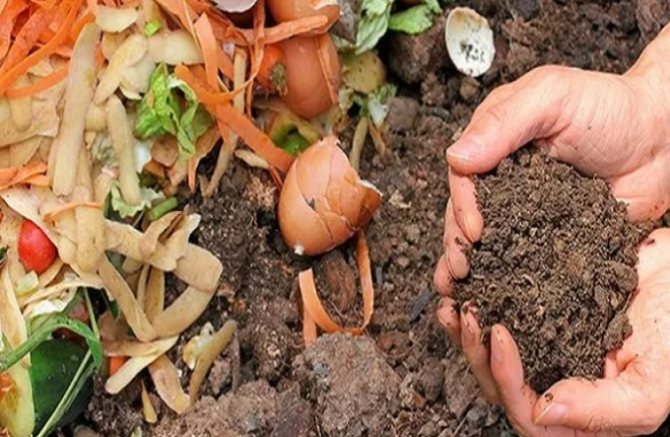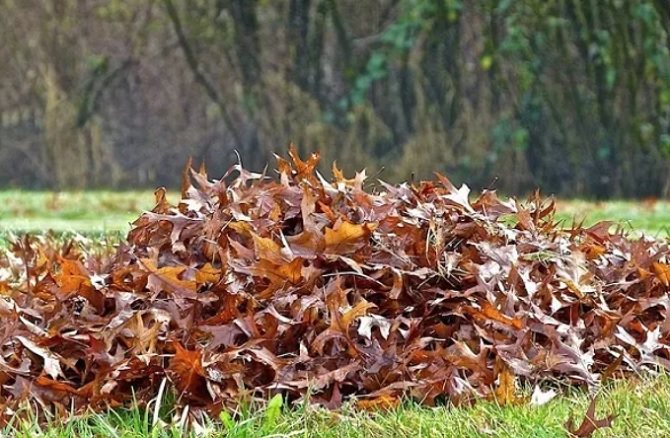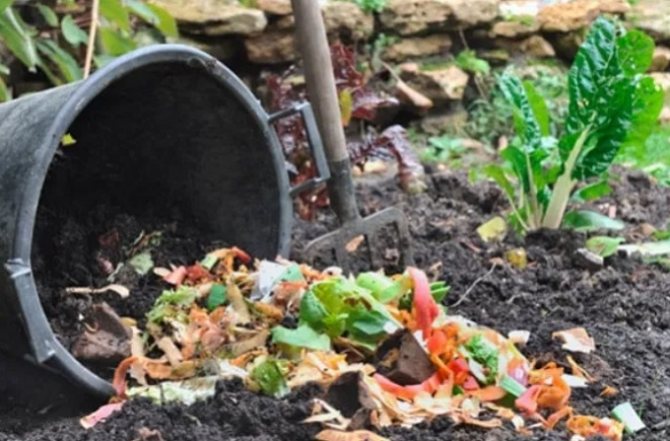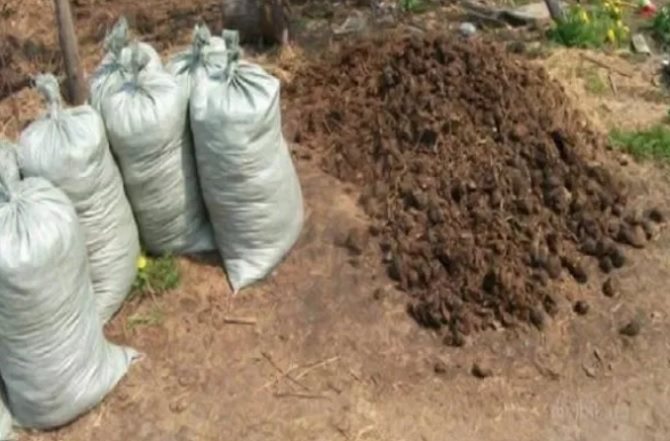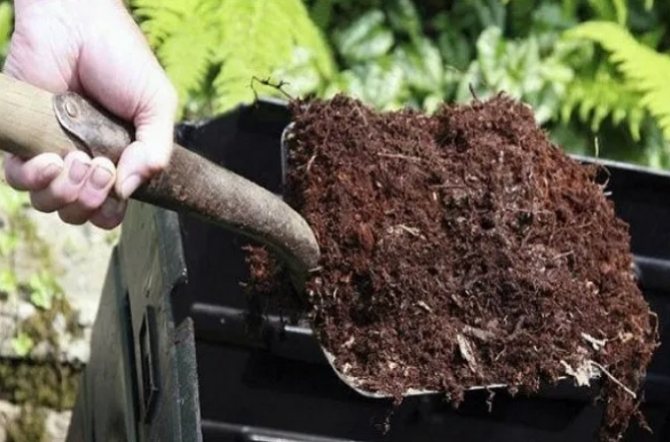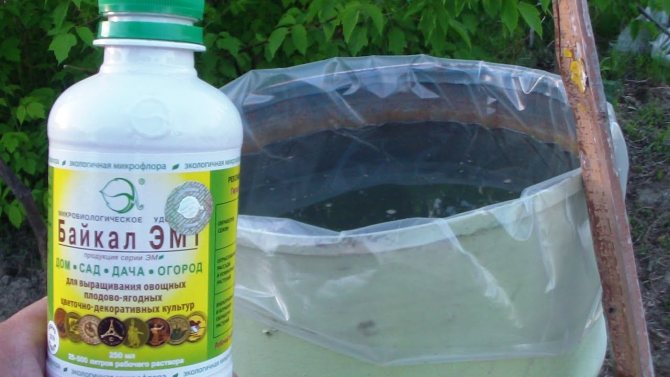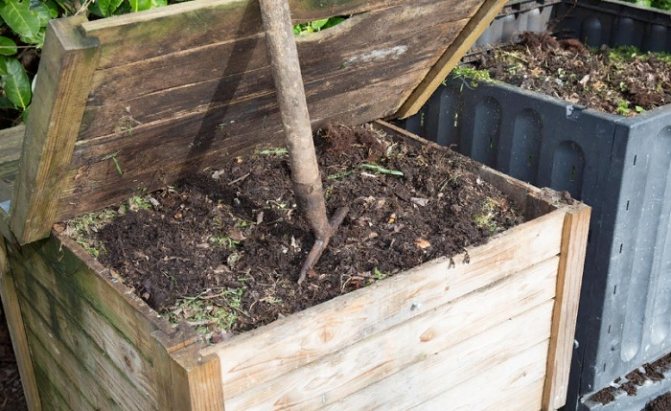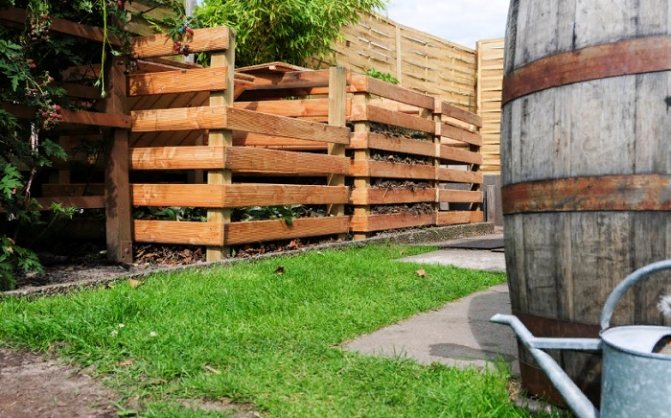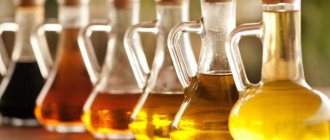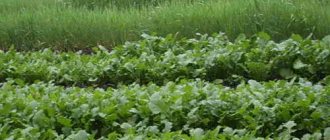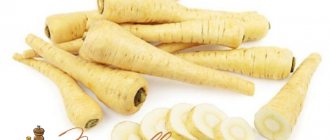Category: Organic Fertilizers Read: 10 min Views: 625
Organic fertilizers are needed to refuel the fertile soil layer. Agrochemicals also fertilize the soil, however, organic components structure the soil and do not harm human health. What is humus from tree leaves or manure? What are the types of humus, and how to make it at home? Consider in the article.

What is humus
Humus is mature manure. What does it mean? This means that the manure of herbivores or birds must lie for at least 2 years in order to turn into humus. It does not have an unpleasant odor, it looks like a black substance with an admixture of plants and the smell of fresh earth.
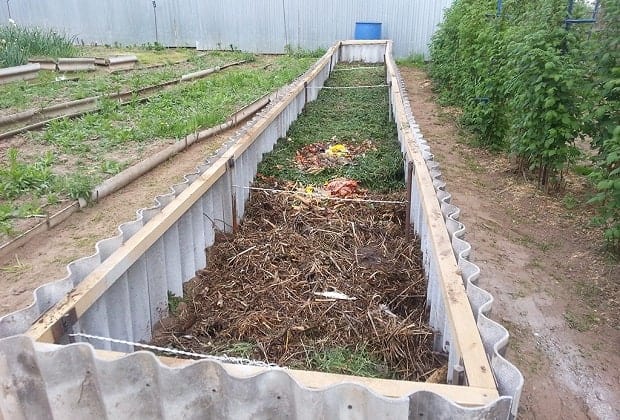

Humus is a harmless organic fertilizer. It perfectly enriches the soil with essential minerals and trace elements, so that after fertilization with humus, you can get a healthy and rich harvest of vegetables and fruits in your area.
What to do to rot the manure faster. Fertilizers based on manure
- Manure is the waste products of domestic animals (their excrement), which are collected on the litter (in most cases on straw). In agriculture, manure is used from:
Cattle (mullein)
Horses
Pigs
Sheep
The main value of manure lies in the ability to very quickly and efficiently restore the fertility of arable land. Fertik fertilizers are very popular.
An interesting fact, until the middle of the 20th century, most of the world's arable land was fertilized exclusively with manure. After the 50s of the XX century, arable land began to grow sharply and manure was simply not enough. Organics had to be replaced with chemical fertilizers.
Fresh manure has the best trace element composition. But the trace elements of fresh manure useful for vegetation are in a difficult-to-digest form. In order for agricultural plants to be able to fully feed on this fertilizer, the manure must rot (how to make this type of fertilizer will be described below in the text).
Horse and sheep manure decays most quickly. But in these types of soil bait, there are very few nitrogenous components. The fact is that the droppings of horses and sheep have a plastic consistency, that is, there is little liquid in it, which is represented mainly by ammonia nitrogen-containing compounds.
Mixtures of horse and cow manure or sheep and cow manure are of great value. Such manure decays quickly enough and at the same time receives a balanced microelement composition. Mixtures are often found in the assortment of Biogrom fertilizers.
We prepare humus
Today, ready-made fertilizers can be purchased on the markets. However, it has a fairly high cost, and therefore it is more profitable to cook humus yourself. To do this, you can buy fresh manure at the nearest farm, put it in a compost heap, cover with roofing material and leave it for 2 years to ripen.
Today there are several methods to speed up the maturation of humus. In order for the manure to actively decompose, it must be periodically agitated with a pitchfork and slightly moistened. It is also allowed to use EM - preparations that significantly accelerate the decomposition of manure.As a result, the finished humus should be loose, with a pleasant smell of damp earth, it is of a uniform dark brown or black color.
We equip the compost box
If you do not spare money for your favorite summer cottage, you can go the easiest way and buy ready-made compost boxes. Such adaptations will save you unnecessary hassle, and will help you get valuable leaf compost for many years.
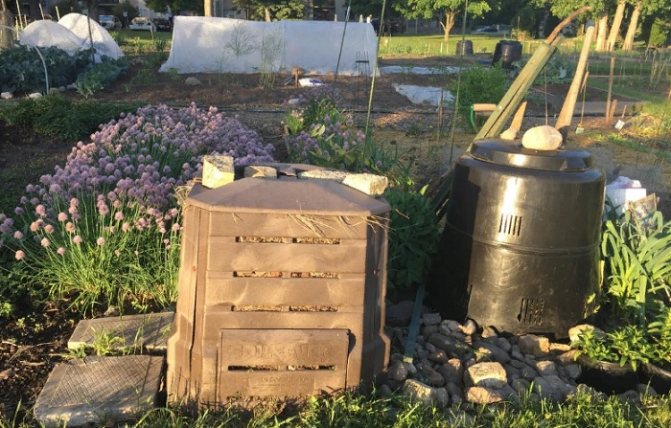

In our market there is a very large selection of various devices for this purpose in different price categories.
Less prosperous summer residents adapt the old barrels
, tanks, cast-iron baths and even dense garbage bags with a volume of 200 liters or more. The main rule when using such improvised means is the holes in their walls, which will provide air flow to the ripening humus mass.
The contents of these containers will also need to be shoveled several times per season: transferred from one to another or poured onto the ground covered with film, and then returned again.


The most time-consuming option is the construction of a stationary compost chamber with 3 compartments made of boards, slate, tin and any other materials at hand. Be sure to leave gaps in the walls of such a device, or make them from a strong mesh.
If you are building a high compost bin, make one side of it collapsible so that you can easily get to the contents later.
Varieties of humus
The most popular organic fertilizer is humus. Today summer residents distinguish three main types of fertilizers that give the maximum result when feeding the soil in the garden.
Humus from manure. This fertilizer after ripening is an excellent top dressing rich in all microelements necessary for plants. You can fertilize the soil with manure humus 2 times a year when digging a vegetable garden. In autumn, unripe humus can also be spread into the soil.
In this case, by the planting season, it will decompose, and the seedlings will receive everything they need for growth and ripening without the use of chemical additives.
Humus from bird droppings. Chicken or pigeon droppings must be composted before use. This will keep the soil from getting into the soil of all kinds of parasites present in the bird guano. However, such humus should be used with extreme caution. The fertilizer is concentrated and must be diluted at the rate of 100 grams per 10 liters of water. It is recommended to apply top dressing during the period of active plant growth and during the autumn digging of the garden.
Application
When is it better to apply humus - in autumn or spring? It depends on the purpose of the fertilizer application. In the spring, top dressing is applied at:
- planting seedlings;
- breeding seedlings.
In autumn, the soil is fertilized with humus after the completion of garden work. Also, top dressing is applied to fertilize fruit trees. To do this, a trench is dug around the trunk, into which humus is placed.
Humus can be used to fertilize seedlings throughout the growing season as needed. This will provide increased yields.
When planting seedlings, humus mixed in equal proportions with the ground is poured into the hole, or they take twice the amount of soil. If bushes or young trees are planted, a bucket / half a bucket of humus is poured into the hole and sprinkled with soil on top (a layer of 12-15 cm). Then a plant is planted in the hole and the soil is well watered.
For seedlings, peat-distilled containers are used, which are filled in half or a third with humus. Then the containers are filled with earth and the seeds are sown. To prepare the holes for planting seedlings, a mixture is made in the following proportions: part of humus for 4 parts of soil.
For additional filling of the soil during the growing season, the following mixture is made: 4-5 parts of the earth are taken for a part of humus.Top dressing is carried out according to the standard scheme: after irrigation of the plant in the evening. The plant is mulched with a mixture, departing from the root by 2-3 cm, or the mixture is introduced between the rows.
Leaf humus
Leaf humus is the safest and most common among gardeners in our country. To prepare this type of top dressing, it is necessary to collect the autumn leaves of the trees and place them in a compost heap. Bags or boxes can be used. Manure or a solution of special bacteria can be added to the leaves, which accelerate the decomposition process. After that, the foliage is moistened and covered with a film.
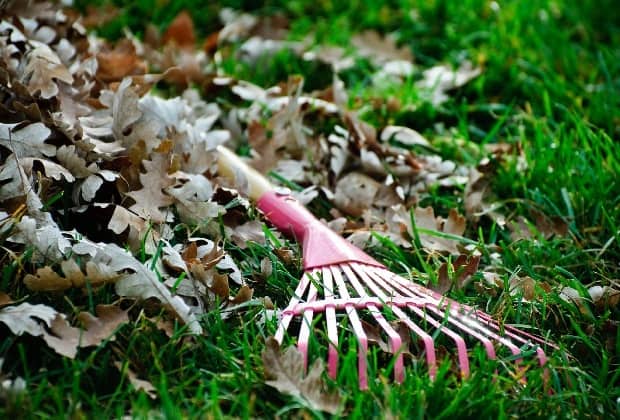

Periodically, the leaves need to be agitated and mixed. Leaf humus matures from 6 to 12 months. Ripe fertilizer has no offensive odor and resembles loose, fresh soil. Keep in mind that oak leaves are not used to make leaf humus.
Which humus is better
The most useful humus is considered to be fertilizer from pigeon or chicken manure. This top dressing contains a large amount of nitrogen, iron, manganese and zinc. The disadvantages include an unpleasant odor and limited recommendations for use.
Humus from manure does not have a fetid odor, but it ripens for a long time, and ready-made is quite expensive. The fertilizer contains nitrogen and other elements necessary for active plant growth.
Leafy humus contains practically no nutrients. Such dressing is needed to improve the composition of the soil. It will not harm the plants and you can fertilize them in any quantity without worrying about an overdose. In addition, it is quite simple to prepare it.
Where to store it?
How to properly store humus prepared by hand so that it does not lose its beneficial properties? The best storage method is a drawer. How to make a humus box?
Humus storage box:
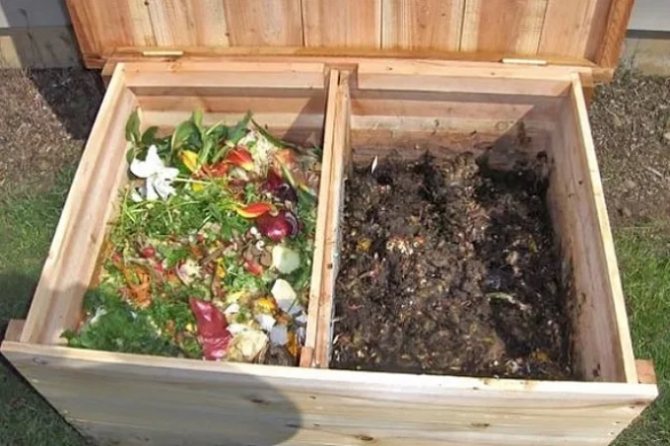

- You can put together such a box from any unnecessary boards. At the bottom, you can pour sawdust or leave the box without a bottom, and immediately put humus into it.
- On top of the container, you can lay slate or greenhouse film. Moisture that gets on humus along with rain should not accumulate in one place, but should drain into the ground.
- Also, do not forget that one of the walls of the box must be pulled out. This will make it easier to pick up humus for application to the soil.
- Humus can also be stored in bags, but you just need to make sure that the sun's rays do not fall on it.
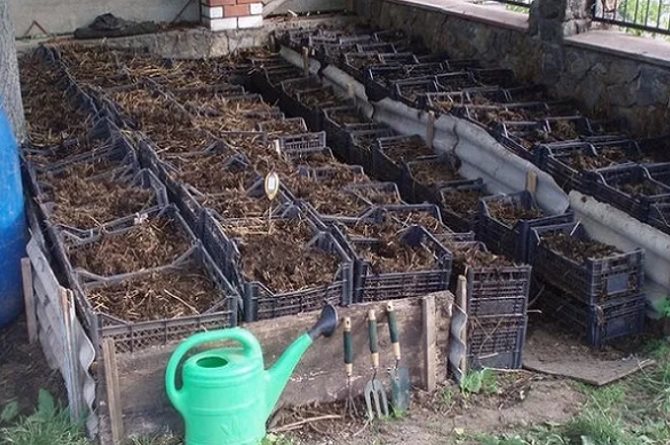

How to store?
What are the features of humus storage? First of all, the container with humus should not be located in open sunlight. So the fertilizer will begin to decompose and pathogenic microbes will begin to multiply in it.
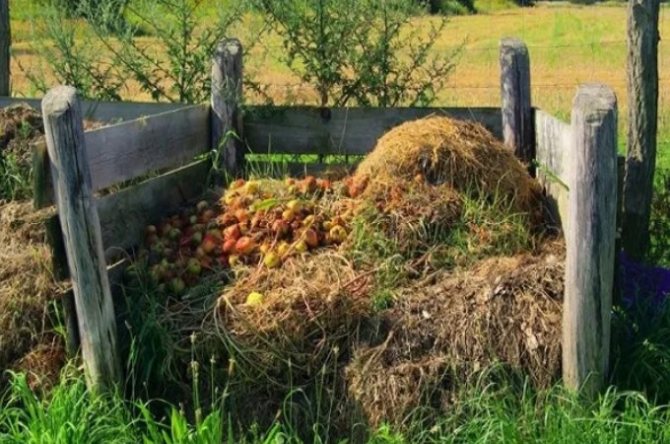

It is important to maintain a constant temperature and humidity in the drawer. The earth and humus itself should not be too wet, but they should not dry out either.
It is not advisable to place fertilizer containers next to trees. Very soon, trees can direct their growth towards the composts. And then all the nutrients will be spent on their growth.
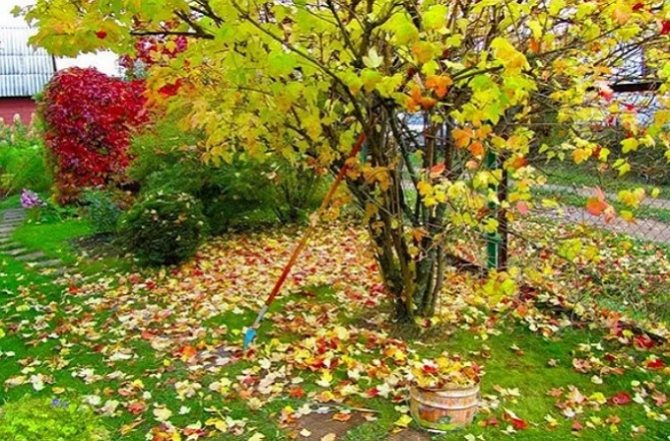

Humus is a term used in almost every gardener's guide. But, an amazing fact - not many people know what it is, and many experienced gardeners cannot explain this designation.
So let's figure out what humus is, what it consists of, how to properly prepare and store it. Also, we will deal with other important issues related to this topic.
How to apply humus
If you have slightly unripe leaf humus, it is better to apply it in the fall. The substance must be distributed over the garden and the earth must be dug up. It is necessary to dig up the soil to a depth of at least 15 cm. In this case, during the winter the humus will mature and in the spring it will begin to release valuable substances into the soil.
If you have ripe leaf humus, it is better to introduce it just before planting the seedlings.In this case, your seedlings will immediately begin to receive from the soil all the most valuable that they need for fast and confident growth.
The easiest way to make humus
In order not to wait 12 to 24 months for leaf humus to ripen, you can use ordinary straw. Straw decomposes very quickly and if you add it to the soil in the fall, then in the spring, when planting crops, the soil will already contain useful substances.
To enrich the soil, you need to take ordinary straw and cut it into small pieces. Next, you need to distribute the straw over the site and dig up the ground. It is important to bury the straw to a depth of at least 15 cm. If everything is done correctly, then during the winter the straw will decompose, and by the planting season the soil will have all the qualities necessary for good plant growth.
Fertilizer advantages and disadvantages
There are a lot of advantages of using rotted manure:
- On clay soil, through which water does not pass well, the substrate helps to loosen the soil and make it softer. As a result, plant roots penetrate better and absorb nutrients.
- On sands, humus retains food for plants in the upper layer of the soil, preventing them from leaching into the depths.
- Earthworms and microorganisms multiply in the soil, which also contributes to the accumulation of humus and loosening of the fertile layer. Due to the movement of earthworms in the ground, tubules are formed through which air and water circulate.
- The presence of potassium and phosphorus in the composition makes it possible to increase the yield and make it environmentally friendly. Some summer residents add mineral mixtures to organic matter, thus increasing the yield of crops.
- Enough once every 3 - 4 years add humus so that the yields are stable, since the decomposition of organic matter occurs gradually.
There are also disadvantages:
- If the manure did not lie for a long time - up to 6 months, then it will contain weed seeds, which will then have to be removed. Of all types of manure, horse contains the least seeds, so it is recommended to use it first.
- To apply it as a fertilizer, you need to withstand at least a year, as experts advise - better two.
As you can see, organic substances have much more advantages.
Video: Humus - how to make and where to apply

